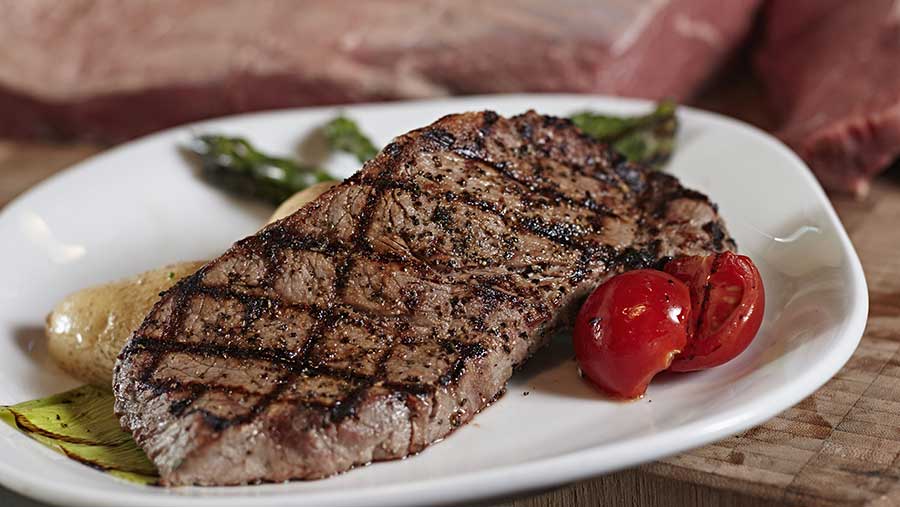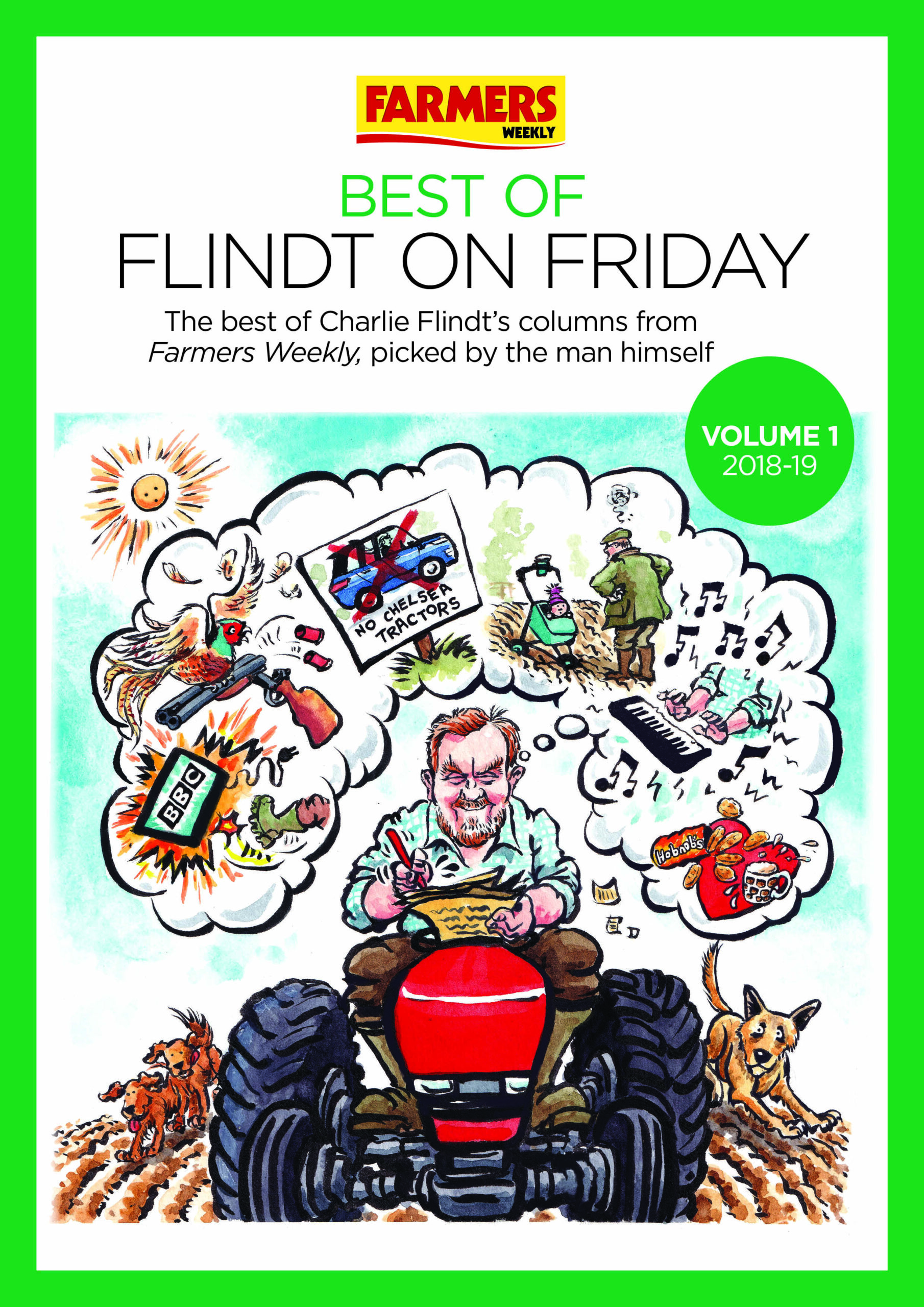Opinion: Adding value through biodiversity
 © Design Pics Inc/REX Shutterstock
© Design Pics Inc/REX Shutterstock Thanks to Brexit, we now face the very real risk of seeing our precious EU subsidy payments either substantially reduced or even abandoned altogether by 2020.
To survive this potential financial catastrophe, we are constantly advised by government and farming’s great and good that we must “add value” to our produce. But how?
Defra’s latest Farm Business Income (FBI) survey shows just how much “value” we will need to “add” to produce from the traditionally supported sectors (combinable crops, milk, beef and sheep) if we are to remain in business once the subsidy rug is wholly, or partially, pulled from under us in three years’ time.
(The figures are for England but there is no reason to suppose that they would be any better for Scotland, Wales or Northern Ireland.)
Loss leaders
The FBI survey shows that in 2014/15, with the Basic Payment Scheme removed, the average English arable farmer lost almost £17,000.
Similarly, the average lowland livestock farm lost £10,900, and the average mixed farm (which is how my farm would be categorised) lost a whopping £19,000.
 Stephen Carr farms an 800ha sheep, arable and beef farm on the South Downs in partnership with his, wife Fizz.
Stephen Carr farms an 800ha sheep, arable and beef farm on the South Downs in partnership with his, wife Fizz.The average English dairy producer did make a profit of nearly £13,000 but, like all of the figures above, they are calculated before any wages are paid to family labour, or personal drawings are made by the farmer.
Considering that these are sector averages, it doesn’t even bear thinking about what the level of losses on some of the worst-performing farms were.
So what can we do to improve the value of what we receive for our produce?
Alternative outlets
As a Farmers Weekly reader, you may be aware that I have tried to buck the trend of dismal farmgate prices by buying a country pub two years ago and cutting out all the middle men between the farmgate and the consumer’s plate.
I now supply my own purebred pedigree Sussex beef, Southdown lambs and conventionally grown potatoes to the pub.
I had hoped that supplying our own pub would be an opportunity to add value to my farm produce.
See also: Meet the farmer who became a publican
But, while supplying our own produce has certainly proved very popular with customers, the pub game is so competitive that if our hostelry is to trade profitably (it is a standalone enterprise) we can only charge it the same as we would any other premium catering outlet.
As we all know to our cost, a highly competitive environment in all areas of food retailing has had a long-term depressing effect on farmgate prices.
It is certainly possible to come up with ideas for improving returns – such as, say, box schemes for half or whole lambs.
But I produce 1,400 lambs. Anyone want 2,800 half-boxes of lamb between June and September? We can’t all pile into such areas without quickly flooding specialist niche markets.
Compelling arguments
If one accepts that there are only so many customers at farmers’ markets, so many Jordans’ cereals contracts or so much Aberdeen Angus beef that can be sold at Waitrose, then one soon has to accept that the bulk of combinable crops, beef, lamb and milk will always be sold as standard commodities.
But all is not lost, provided the government is sincere in one aspect of its proposals for a British Agricultural Policy from 2020.
It says it has every intention of retaining and maybe even enhancing Pillar Two-type payments that reward farmers for engaging in agri-environment initiatives or anti-pollution measures.
What better way do we have of adding value to the food we grow than by delivering more biodiversity in the countryside and, say, new methods of production that will help slow or even reverse rising global temperatures?
We have to hope such arguments win the government’s ear or, by 2020, Defra’s FBI survey could make very grim reading indeed.

